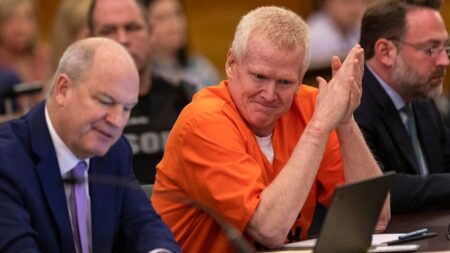Despite years of back-and-forth debate between law enforcement agencies and tech companies, the FBI most likely had few difficulties accessing the Trump shooting suspect’s phone, according to Josh Brunty, director of Marshall UniversityтАЩs Cyber Forensics & Security program.
On Monday, a senior law enforcement official told NBC News that the FBI had gained access to Crooks’ phone, but a preliminary analysis did not help establish a motive for the attack.
ItтАЩs been nine years since the San Bernardino mass shooting, which prompted a monthslong standoff between the FBI and Apple, which said the FBIтАЩs demands that it rewrite iOS software to help access the phone would undermine security for all users.
Since then, the market for new software vulnerabilities has exploded, and the niche industry of companies that provide hacking tools to law enforcement has become much more sophisticated, Brunty said.
тАЬIf law enforcement can get that phone, theyтАЩre going to get access to the data on it. TheyтАЩre going to be able to bypass the mechanisms that are there,тАЭ he said.
After a preliminary analysis, forensics teams oftentimes build a comprehensive тАЬpattern of lifeтАЭ analysis that looks at information like a suspectтАЩs social media channels, location history, and chat records, Brunty said.┬а
While technology has rapidly developed in the nearly nine years since the shooting in San Bernardino, the legal outlook is not much different, said Chuck Rosenberg, a former top FBI and DEA official and NBC News legal analyst.
тАЬThe legal landscape has not changed very much,тАЭ Rosenberg said. тАЬWhat has changed is that people leave a lot more digital dust than they ever did before. But in a case like this, itтАЩs not clear that will get you to where you need to be.тАЭ
There are, of course, other ways to establish facts beyond getting into a suspectтАЩs cell phone: The bureau has already searched the alleged shooterтАЩs residence and vehicle and conducted over 100 interviews in connection with the case.
тАЬBut do you want to get in as an investigator? Absolutely,тАЭ Rosenberg said of the phone. тАЬFrom an investigatorтАЩs or prosecutorтАЩs perspective, thereтАЩs no such thing as too much evidence.тАЭ
Read the full article here














